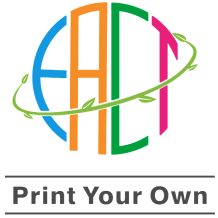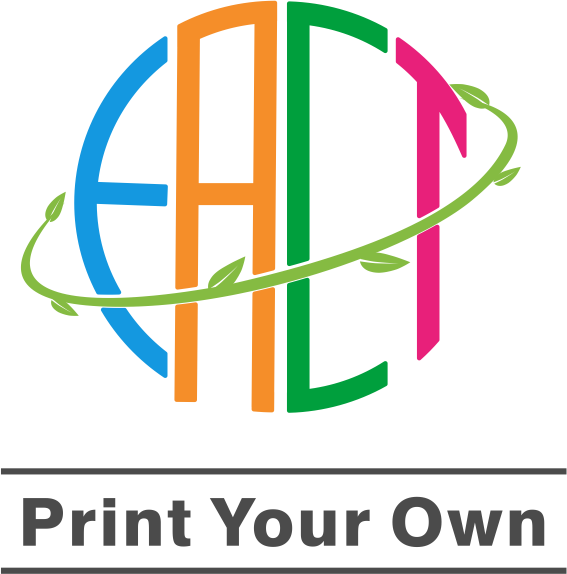Imagine sketching a pattern inspired by a seaside sunset and seeing it woven into soft cotton for a summer dress in just days. Digitally printed fabric makes this possible, turning creative visions into tangible textiles without the hassle of traditional methods. It’s not about churning out generic prints—it’s about crafting something personal, vibrant, and sustainable.
What makes digitally printed fabric stand out? It’s the perfect mix of flexibility and efficiency. Unlike old-school screen printing, which demands big setups and bulk orders, digital printing lets you start small—think a few yards for a custom tote bag or a one-off upholstery project. This approach saves time, cuts costs, and reduces waste, using less water than traditional methods. For small brands or DIY designers, it’s a chance to test bold ideas without committing to thousands of yards. Sustainability is a bonus—less excess inventory means a lighter footprint.
Secrets to the Best Custom Fabric Printing
Achieving the best custom fabric printing comes down to nailing the basics. Start with the right fabric: cotton for a soft, breathable feel; polyester for bright, durable colors; or blends for versatility. The ink choice is critical—water-based dyes work wonders on natural fibers, while sublimation inks make synthetics pop. Proper fabric prep, like washing or coating, ensures inks stick evenly, preventing fading or blotchy prints. Printers need regular calibration to match colors accurately, so your teal scarf doesn’t turn turquoise. It’s less about high-tech wizardry and more about precision in the details, delivering prints that feel like art.
Premier Prints Fabric Wholesale: Scaling with Style
For retailers or manufacturers, premier prints fabric wholesale is about variety and reliability. Wholesalers supply everything from silky linens for home decor to performance fabrics for activewear. The best ones streamline the process, offering quick turnarounds and consistent quality across large orders. In textile hubs like Asia, suppliers are stepping up with pattern libraries and easy-to-use design platforms, letting buyers tweak prints or preview them instantly. It’s not just about moving fabric—it’s about helping businesses stay on-trend with unique, market-ready designs.
Making Design Accessible
What’s exciting is how user-friendly this has become. Online tools let anyone—designers, shop owners, or hobbyists—upload a sketch, tweak colors, and see their print on virtual fabric. These platforms often include pricing calculators, so you know costs upfront. But there’s a catch: ensuring color consistency across batches takes vigilance, and protecting your designs online means using watermarks or secure uploads. It’s empowering, but it rewards those who double-check the details.
The Rise of Personalization
Custom textiles are booming, driven by our love for one-of-a-kind products. Market reports show a surge in demand, fueled by social media where standout prints grab attention. Shoppers crave pillows that match their aesthetic or dresses that feel uniquely theirs. Wholesalers are adapting, stocking eco-friendly fabrics with certifications like OEKO-TEX to meet sustainability demands. It’s a shift toward textiles that tell personal stories.
A Nod to Expertise
From exploring textile trends, I’ve seen what sets great suppliers apart: they make custom feel effortless. Take CustomPrintingFabric, a leader in tailored prints, blending local craftsmanship with global reach. Their approach shows how a focus on quality and accessibility can turn a simple yard of fabric into something special, whether for a single project or a massive order.
Digitally printed fabric isn’t just a tool—it’s a canvas for creativity. Whether you’re chasing the best custom fabric printing or sourcing premier prints for wholesale, this process lets you weave stories into every thread.

 USD
USD



